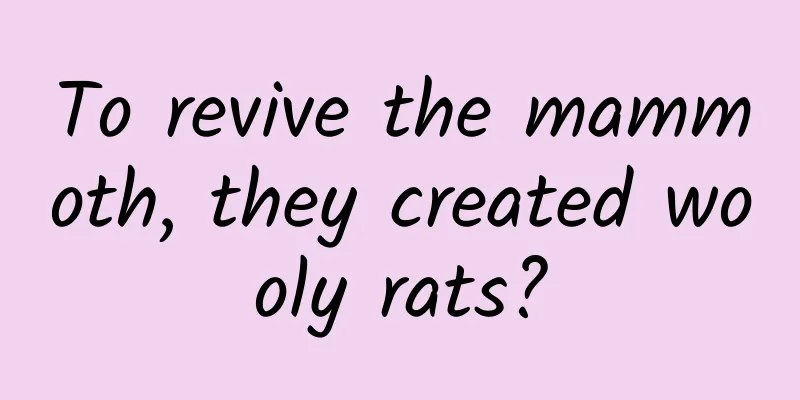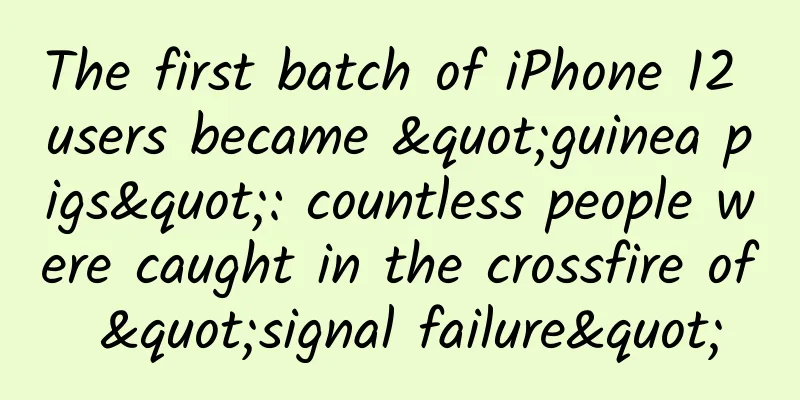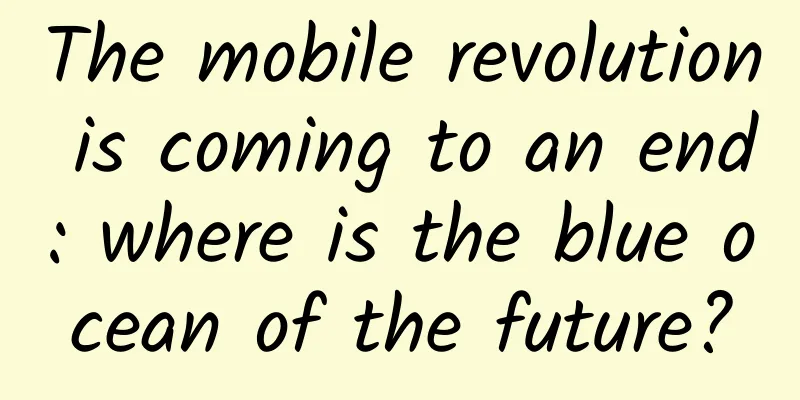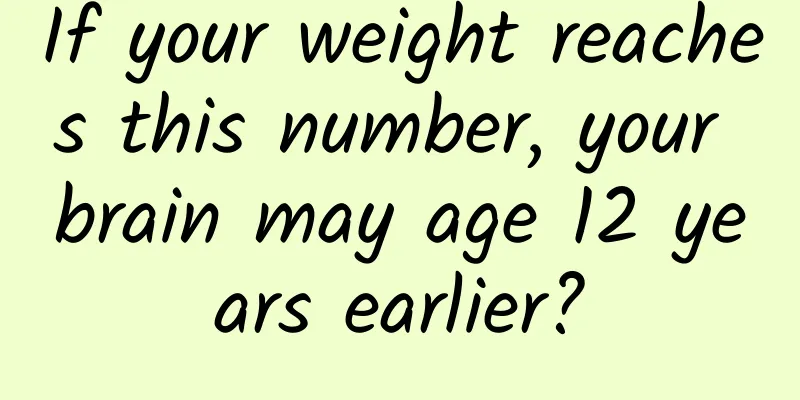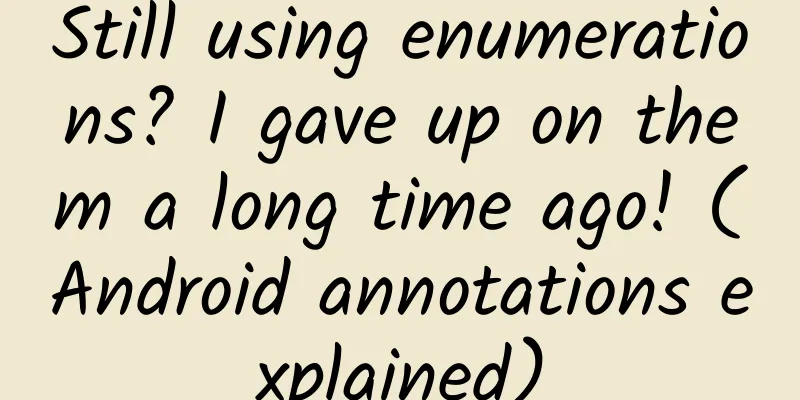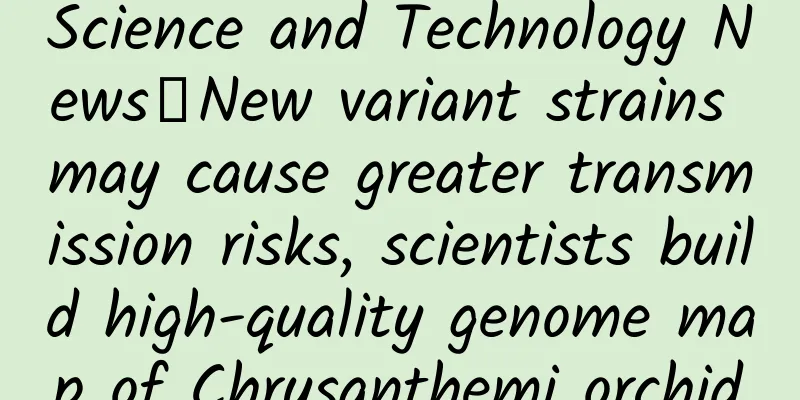Quantum peak showdown: Einstein still didn’t understand this time!
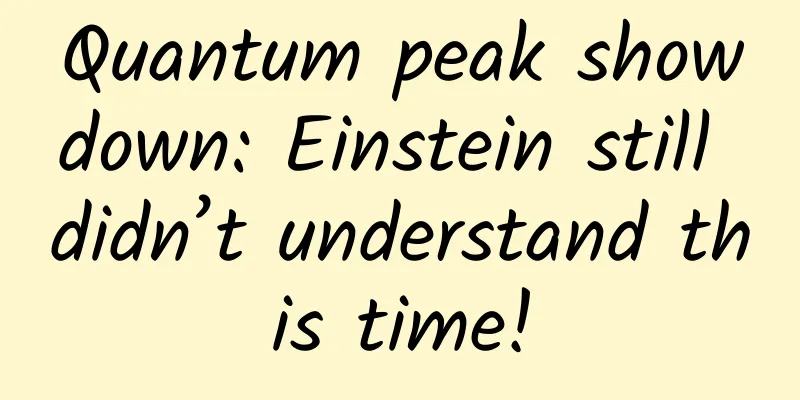
|
Produced by: Science Popularization China Author: Luan Chunyang (Department of Physics, Tsinghua University) Producer: China Science Expo In the last story, we reviewed the theories of the quantum physics school represented by Einstein and the classical physics school represented by Bohr, and felt the excitement of the first quantum peak showdown. Einstein firmly believed in the simple philosophical view of classical physics, that the physical world should be "deterministic" and that physical laws must also follow strict "reality" and "locality". Bohr emphasized that the microscopic world should no longer be described by classical physics theories in the macroscopic world, but should adopt the "probability" of quantum mechanics. Therefore, we can no longer think about the wonderful events in the microscopic quantum world from the perspective of classical physics. Schematic diagram of quantum "wave function" (Photo source: veer photo gallery) Although the classical physics school that Einstein belonged to did not gain the upper hand in the first quantum showdown, Einstein suddenly had an idea and prepared to start a second and more exciting quantum showdown with Bohr based on his more proficient special theory of relativity ! Einstein: I just don’t believe it. Who can understand the special theory of relativity better than me? Although Einstein won the Nobel Prize in Physics in 1921 for solving the problem of the photoelectric effect, his more well-known scientific achievement is the special theory of relativity he proposed. Schematic diagram of the "time cone" in special relativity (Image source: Wikipedia) It can be said that the special theory of relativity is one of the theories that Einstein is best at and is most satisfied with. Although the theory of special relativity is very profound and complicated, we do not need to delve into its derivation and argumentation process, we only need to know the most important point. That is, the speed of light is the fastest speed in the universe, and the speed of any information transmission cannot exceed the speed of light. Therefore, Einstein emphasized very firmly that for two objects far apart, the fastest speed of information transmission between them cannot exceed the speed of light. EPR paradox: the second challenge of classical physics Do you remember the meaning of quantum entanglement ? We have mentioned before that in the theoretical system of quantum mechanics, when a pair of microscopic particles interact, no matter how far apart they are, the change of one of the microscopic particles will immediately cause the other microscopic particle to change as well. From the perspective of the macroscopic world we live in, this pair of quantum entangled microscopic particles, no matter how far apart they are, seems to always have an instantaneous communication of information. However, according to the core idea of the special theory of relativity, that is, "the speed of light is the fastest speed in the universe", it is impossible for the microscopic particles in the quantum entangled state to have instant information communication faster than the speed of light. Therefore, the concept of quantum entanglement must be wrong. So in 1935, Einstein found two capable helpers, Podolsky and Rosen. They worked with Einstein to form the "EPR Challenge Team" with the initials of the three scientists, preparing to launch the second challenge to the classical physics school. Einstein , Podolsky and Rosen (Image source: Wikipedia) The three of them proposed a brilliant thought experiment. This time they were confident that they could win, because since the special theory of relativity is correct, quantum entanglement does not exist. This famous thought experiment is also known as the "EPR paradox." The New York Times headline on the "EPR Paradox" in 1935 (Image source: Wikipedia) The experimental assumption of the EPR paradox is this: if an unstable large particle on the earth decays, the decaying large particle will generate two small particles A and B, and fly out from the origin in two opposite directions. However, physical quantities always satisfy the conservation relationship, that is, since particles A and B are formed by the decay of the same large particle, the sum of the physical quantities of particles A and B should always remain unchanged. Quantum entanglement concept diagram (Photo source: veer photo gallery) However, interesting things started happening right away! When particles A and B are moving in opposite directions and have flown a long enough distance (for example, particle A has flown to Venus and particle B has flown to Mars), even if particles A and B want to transmit information to each other at the speed of light, it will take some time and it is impossible for the interaction to be completed instantly. At this time, if a certain physical quantity of particle A on Venus is measured, then according to the principle of conservation of physical quantity, we can immediately know the state of particle B on Mars. However, according to the basic principles of Einstein's special theory of relativity, this kind of long-distance interaction between particles A and B cannot occur instantly. If you agree with all of the above, then there is only one possibility, that is, particles A and B are each in a certain state at the moment before they separate from each other, rather than the so-called probabilistic superposition state. Therefore, the classical school of physics emphasizes that the probabilistic principle in quantum mechanics is not an essential feature, but should only be a superficial phenomenon. Bohr's counterattack: It's not that I don't understand special relativity, but that you don't understand quantum mechanics Faced with the second challenge from the classical physics school, the quantum physics school represented by Bohr could not help but get nervous. This is because the EPR paradox thought experiment seems very convincing, and the special theory of relativity has been verified to be correct. Does this mean that quantum entanglement in quantum mechanics is really wrong? Bohr quickly calmed down from his panic and re-examined the EPR paradox. Soon after, Bohr keenly discovered the huge loophole in this thought experiment! Assume that an unstable large particle decays into two particles A and B. After A and B fly in opposite directions for a period of time, particle A reaches Venus and particle B reaches Mars. Einstein was right. Since particles A and B satisfy the law of conservation of physical quantities, we only need to measure the state of particle A on Venus to immediately know the state of particle B far away on Mars. Quantum entanglement concept diagram (Photo source: veer photo gallery) This seems to violate the principle of the speed of light in the special theory of relativity, but it is not. This is because we should no longer understand quantum entanglement from the perspective of the macroscopic world . In fact, quantum entanglement only exists in the microscopic world and is used to describe the physical quantities of the entire system. In other words, there is always a certain correlation between the random behaviors of two particles at a distance, and they need to be described as a whole, rather than being regarded as two independent particles and then considering the problem of information transmission between the two particles. Therefore, if we still observe the states of the two particles separately from the perspective of classical physics, the error in the "EPR paradox" will occur. In other words, the quantum entanglement in the "EPR paradox" does not violate the special theory of relativity, but it is just that Einstein mistakenly understood the meaning of quantum entanglement in the microscopic world from the perspective of the macroscopic world. Obviously, in the second peak showdown, the classical physics school represented by Einstein did not win. However, it was precisely because of a series of interesting thought experiments proposed by the classical physics school that the quantum physics school was prompted to continue to think about and improve the "quantum entanglement" theory of quantum mechanics. To some extent, these peak confrontations are not just a debate of physics theory, but a collision of two ways of thinking in the new and old eras. The wonder of quantum entanglement in quantum mechanics made Einstein sigh, "I don't believe that even God has to play dice." Random dice falling in the macro world (Photo source: veer photo gallery) Conclusion After many peak confrontations, physicists have to admit the viewpoints of quantum physics, but they still find it difficult to accept it in their hearts. This is because although the "quantum entanglement" theory of quantum mechanics is very wonderful, it really goes against our feelings in the macroscopic world! Therefore, American physicist Bohm proposed an interesting "hidden variable" hypothesis, hoping to combine the viewpoints of classical physics and quantum physics to achieve a settlement that would satisfy both parties. So, will Bohm succeed? Let us reveal the answer in the last part of the "Quantum Entanglement Trilogy"! |
>>: "Eat for Health" Special Series | Feeling a little anxious? Why not eat something "sour"!
Recommend
AMIRO Small Black Mirror VS Tmall Genie QUEEN Beauty Mirror: Which one is the "magic mirror" that makes you prettier than Snow White?
Loving beauty has always been a girl’s nature. Wi...
Why are there so many different flight configurations for helicopters? What are their characteristics?
Compared with fixed-wing aircraft, helicopters ca...
Event Operations: How to run a good event? Share 4 points!
The activity plan seemed to be well-designed, and...
One of the VIP online earning projects of Louge: Automatically earn money in one minute
Project Introduction: The products targeted by th...
The most comprehensive car buying guide in history, helping you avoid pitfalls and save money
The most comprehensive guide to buying a car in h...
Another case solved! The third brother of Jiangxia fish appeared 4,000 kilometers away, and the "culprit" turned out to be plate drift!
Produced by: Science Popularization China Author:...
Xpeng Motors: Survey shows that Xpeng X9 BBA users account for 80% of households with an income of one million yuan and 33% of households
Xiaopeng Motors released a user profile of its el...
Subvert your cognition: the probability of flipping a coin is not 50%
Audit expert: Liu Yuhang PhD, Beijing Internation...
The standard for franchise service in the automotive aftermarket is released. The chain ratio of the automotive aftermarket in China is much lower than that in the United States and Japan.
Recently, at the "2018 China Franchise Confe...
China Automobile Dealers Association: Automobile consumption index in May 2021 is 69.7
On June 1, 2021, the China Automobile Dealers Ass...
Flu ≠ cold! Don’t confuse them anymore! You must know these differences →
Although medicine has made great progress in the ...
SEO tutorial diagnostic case: How can a website with a weight of 4 reach a weight of 5 in just half a month?
I accidentally discovered a collection site befor...
GITC 2014: A look at cutting-edge technologies from the perspective of smart terminals
[[120832]] As one of the greatest and most import...
Is it a rumor that spinach is high in iron?
We have heard countless rumors and lies since we ...
